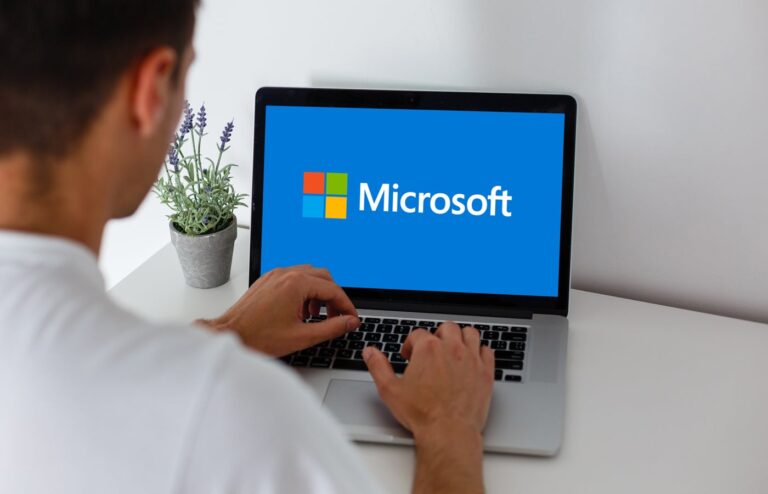
Businesses and organizations running Windows 10 that continue using the operating system after support ends on Oct. 14, 2025 will need to pay for security updates, starting at $61 per device, with costs doubling annually. This offer, including one for consumers, is part of Microsoft’s Extended Security Updates program and will provide protection for a limited time.
Microsoft executive Yusuf Mehdi described the program as a bridge to the Windows 11 experience.
Microsoft ESU for enterprises
Microsoft’s Extended Security Updates (ESU) program for enterprises will provide monthly security patches for Windows 10 devices after support ends. The ESU covers critical security patches only; it does not offer new features, design updates, or technical support. Available through Volume Licensing and approved cloud platforms, the program applies only to devices running version 22H2.
Subscriptions start at $61 per device for the first year. ESU subscriptions must be purchased in full-year increments; partial-year coverage is not available.
ESU included for cloud-based Windows 10
The ESU coverage will be available at no additional cost for Windows 10 virtual machines hosted in supported cloud environments. This includes:
- Windows 365 Cloud environments: Windows 365 Cloud PCs and Windows 10 endpoints connected to them with an active subscription, for up to three years.
- Azure-based services: Azure Virtual Desktop, Azure Virtual Machines, Azure Dedicated Host, Azure Local (formerly Azure Stack HCI), Azure Stack Hub, and Azure Stack Edge.
- Partner platforms: Azure VMware Solution and Nutanix Cloud Clusters on Azure.
Businesses can enroll now through Microsoft Volume Licensing, with enrollment via Cloud Solution Providers (CSPs) starting September 1, 2025.
Microsoft ESU for consumers
Microsoft is also extending its ESU coverage to consumers for the first time, allowing personal devices a limited way to stay protected after support for Windows 10 ends. The initiative delivers a one-year patching option to those not ready to upgrade, unlike the three-year coverage available to businesses.
Starting in July, individual users can opt in through a guided setup tool in Windows Settings, with general access expected by mid-August. Users can activate the plan for $30, redeeming Microsoft Rewards points, or syncing with Windows Backup. Once selected, the process completes automatically on the device.
The ESU program for consumers is already available to Windows Insider participants. Like the enterprise version, it delivers essential updates and functions only as a short-term solution.
Personal users can begin enrolling this summer via system notifications and standard licensing.
No turning back from Windows 11
The ESU program grants additional time but enforces limits that push users toward Microsoft’s newer platform. Program details may change, so for complete and up-to-date information, refer to Microsoft’s official announcement.
With Windows 10 support ending, read how Microsoft is building the future in Windows 11 through Mu.

